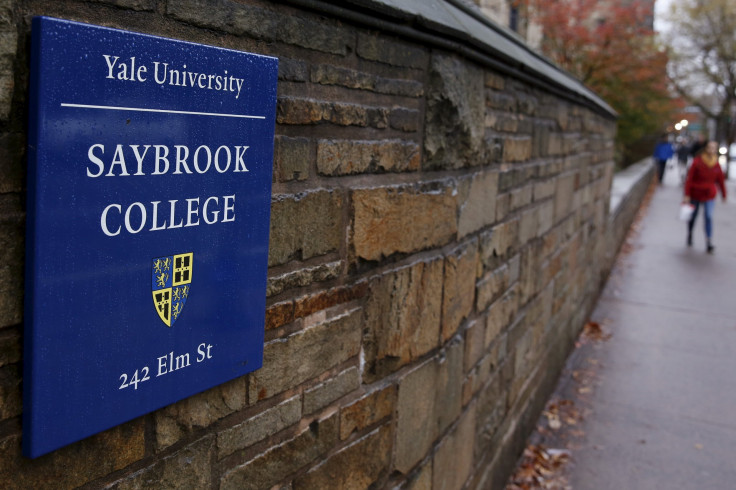Do College Rankings Increase Rich-Poor Divide On Campus?

U.S. News & World Report announced Tuesday the 2018 Best College rankings in which Princeton University was ranked the No. 1 for Best National Universities for the seventh consecutive year.
However, the criteria used for the ranking favored schools that promoted enrollment of wealthy students, and give rise to the question whether the top ranked colleges are accessible to the poor or not, reports said.
Apart from the U.S. News, the Equality of Opportunity Project whose mission is to "develop scalable policy solutions that will empower families to rise out of poverty and achieve better life outcomes" also published its report card this year.
Its rankings revealed that many top universities, including Princeton and Yale, have students from the top 1 percent of earners enrolled on their campus, than the bottom 60 percent combined, according to Politico.
The Washington, a D.C.-based politics website, conducted a review on the U.S. News rankings and found that the criteria used by it for the rankings incentivizes schools that give priority to wealthier students.
In fact this criterion has been adopted in the academic world to such an extent that some colleges have built them into strategic plans, Politico reported.
For instance, a private research university in Dallas, Southern Methodist University, had hosted a billion-dollar fundraising drive focusing on many of the areas ranked by U.S. News, including spending more on faculty and recruiting students with higher SAT scores, and jumped up in the rankings.
On the other hand, Georgia State University that has become a national model for succeeding with low-income and minority students, dropped by 30 spots in the rankings list.
Last week, Washington Monthly — a bimonthly not-for-profit magazine of U.S. politics and government — published its 2017 College Guide and Rankings. It also criticized the U.S. News rankings by saying it "relies on crude and easily manipulated measures of wealth, exclusivity, and prestige to evaluate schools."
The magazine also said it rates "schools based on their contribution to the public good in three broad categories: Social Mobility (recruiting and graduating low-income students), Research (producing cutting-edge scholarship and PhDs), and Service (encouraging students to give something back to their country)."
A study conducted earlier this year revealed students at prestigious colleges are even richer than what experts used to think. The analysis was based on millions of anonymous tax filings and tuition records. At around 38 colleges in the nation, including the Ivy League universities of Dartmouth, Princeton, Yale, Penn and Brown, more students were from the top 1 percent of the income scale than the entire bottom 60 percent, the New York Times reported.
A January 2016 report by Jack Kent Cooke Foundation — a private, not-for-profit foundation that works toward advancing the education of exceptionally promising students who have financial needs — stated that students who get chance in higher education institutions in the U.S. belong to families with higher socio-economic status.
The report said the rich-poor divide in these competitive schools is so high that students from families in the bottom economic quartile comprise only 3 percent of enrollment in these schools. Those from the top economic quartile make up for 72 percent of enrollment.
"Our analysis of the latest institutional data available from the U.S. Department of Education reveals that the underrepresentation of lower-income students at highly selective colleges has not changed significantly in the past ten years," the report said.
© Copyright IBTimes 2024. All rights reserved.












